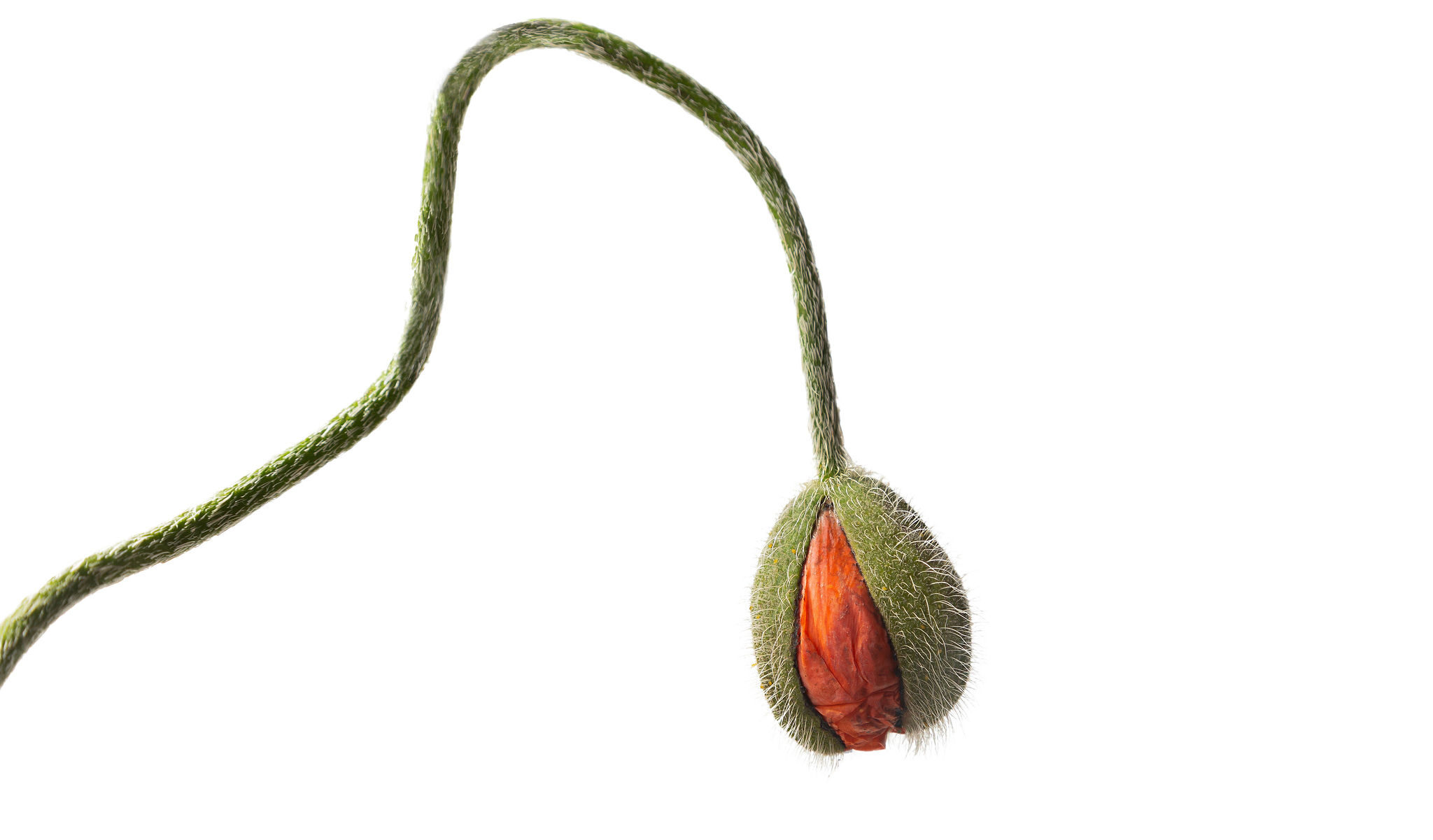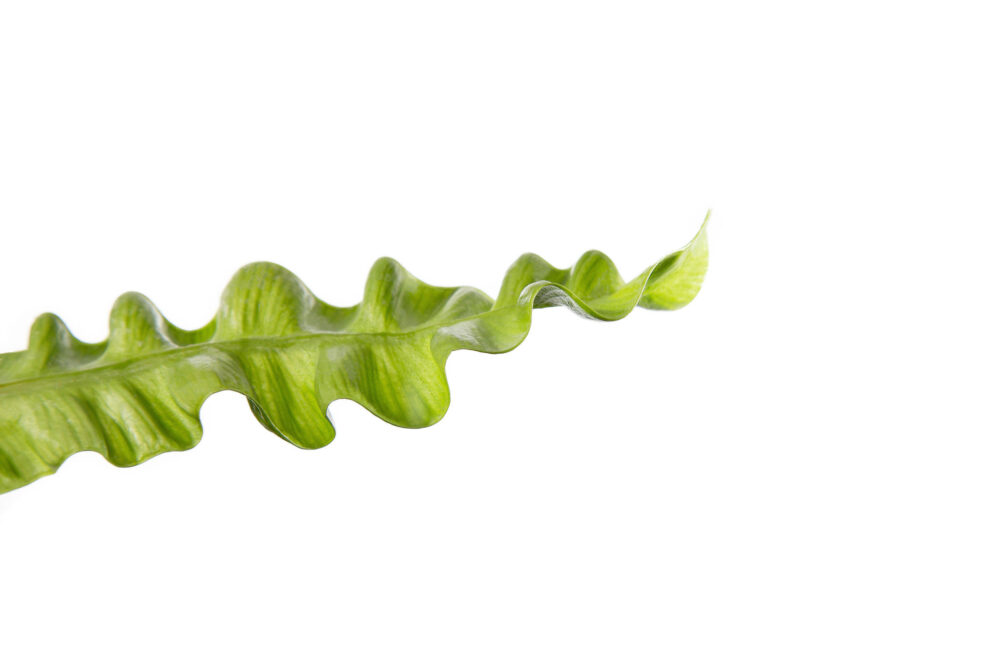Positive turns for biobased biodegradable materials in the Packaging and Packaging Waste Regulation process
The European Parliament now recognizes that packaging made with biodegradable polymers can also be recycled. This is excellent news for Sulapac and our customers and an important step towards a truly sustainable circular bioeconomy. Let’s have a closer look at the latest status of the PPWR proposal.

Under the adopted European Parliament position to the PPWR proposal, packaging produced with biodegradable polymers, but not intended for composting, can be put on the market under the requirements of Article 6 on recyclability. Packaging produced from biodegradable polymers has also been added to the list of packaging categories in Annex II Table 1, for which the Commission should produce recyclability at scale criteria.
The Parliament position also empowers the Commission to assess by the year 2025 the need to present new targets for the use of biobased materials and to introduce the possibility to meet up to 50% of the recycled content targets set to plastic packaging in Article 7(1) and (2) with biobased feedstock. This sets a strong positive signal for biobased materials and their potential to help the plastic industry to move towards circular, net-zero path.
Using biobased biodegradable polymers in a recyclable packaging allows the packaging producers to both cut out fossil feedstocks and to ensure that the packaging does not emit permanent secondary (i.e. through wear and abrasion) microplastics that can accumulate in the environment. Biodegradable polymers also allow for less energy intensive recycling methods than conventional plastics due to their excellent solubility in low-temperature hydrolysis process. Furthermore, their yields are typically higher, up to 95% compared to the 30–80% for conventional plastics.

Recycled content target for biodegradable polymer packaging should be rethought
While there is an increasing recognition that packaging made with biodegradable polymers can also be readily recycled, compared to conventional plastics, their recycling has only very recently begun. Considering the stage of their market development, it would nearly be impossible for biodegradable polymers to achieve the levels of recycled content calculated for conventional plastics which have had decades to establish the necessary collection, sorting, and recycling processes.
Hence, when it comes to recycled content targets for biodegradable polymer packaging, the Council should consider exempting biobased biodegradable packaging in Article 8(3), for now. Separate recycled content targets for these materials could be established in a future revision of the PPWR as the market has matured.
If the recycled content target won’t be adjusted, there’s a risk that the producers place all biodegradable packaging, even if suitable for recycling, on the markets as compostable to benefit from the exemption given to this packaging group; In terms of compostable packaging, PPWR proposal exempts compostable plastic packaging from the recycled content requirement (Art.7(3)). This is logical since biodegradable polymers used to produce compostable packaging such as PLA and PHAs are “lost” in the composting process. More precisely, they turn into water, CO2 and nutrient-rich biomass that can be used for example in agriculture to improve the quality of soil. As the composting output can’t be used to create new packaging, compostable packaging has been exempted from the recycled content requirement.

Next steps forward
Sulapac is a pioneer in utilizing recycled content in biodegradable biobased materials for cosmetic packaging, and we have a clear road map to utilize only recycled biopolymers in the future, next to side stream content. However, it is crucial that in a situation where there’s a limited supply of recycled biodegradable biopolymers, the legislation won’t hinder any player from bringing sustainable materials to the market due to impossible targets for recycled content.
As a next step the EU Member States froming the Council will seek to adopt its negotiating position in the Environment Council on 18 December for the final ‘trilogue’ negotiations with the European Parliament and the Commission. The final outcome of the PPWR will thus be decided between the three institutions as they will look for compromises and decide on the final form of the legislation. These negotiations will take place in early 2024 with an aim to have their results approved by Parliament and Council in March or April ahead of the EU elections in June. The Council has an opportunity to adopt a negotiating position that would ensure that the sustainable and non-fossil solutions are used to maximum to drive a more circular packaging industry in Europe.
Sulapac Ltd accelerates the plastic waste-free future by helping companies replace conventional plastic with sustainable, beautiful and functional materials that are circular by design. The company was founded in 2016 by three scientists Dr. Suvi Haimi, Dr. Laura Tirkkonen-Rajasalo and Dr. Antti Pärssinen, and was ranked one of Europe’s 100 hottest startups by WIRED UK in 2018, 2019 and 2021. Investors behind Sulapac®, the award-winning, patented material innovation include CHANEL and Sky Ocean Ventures.